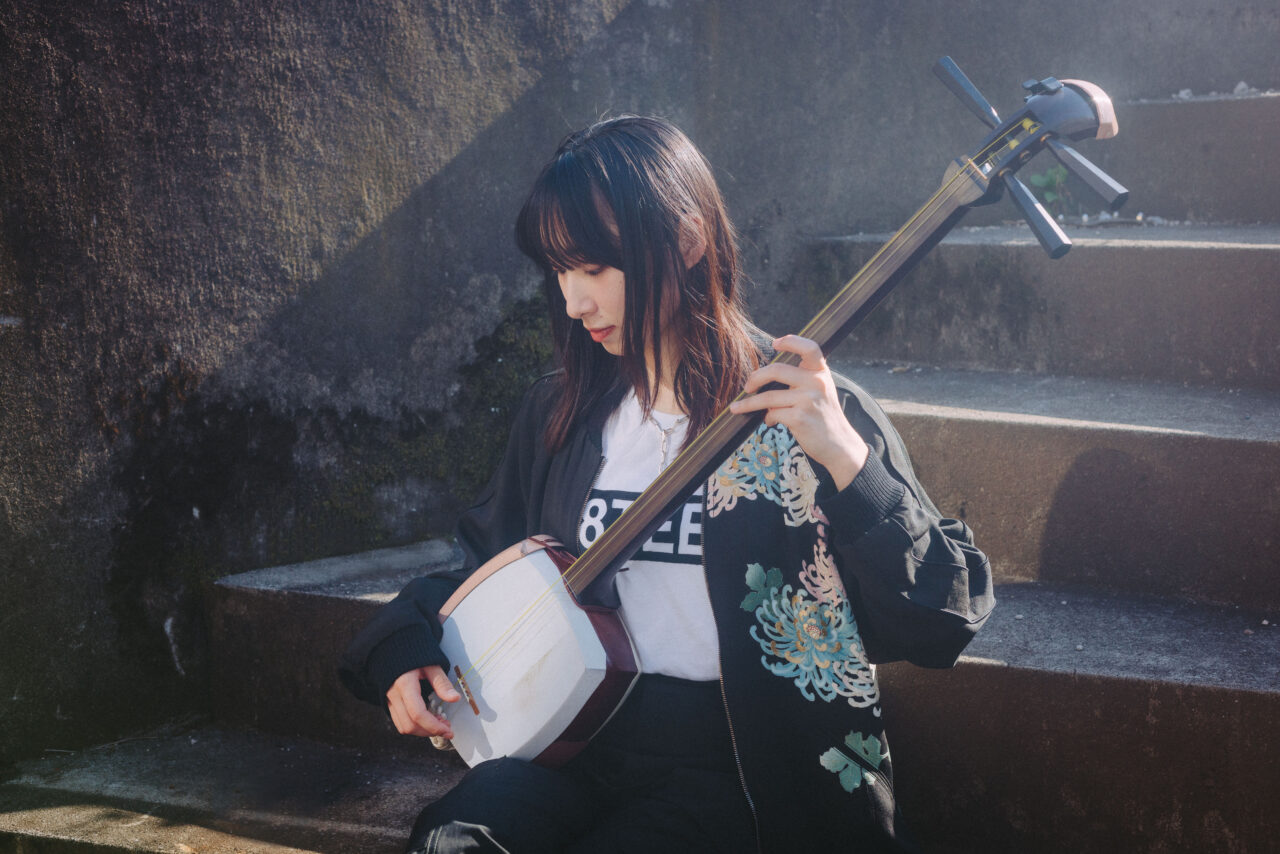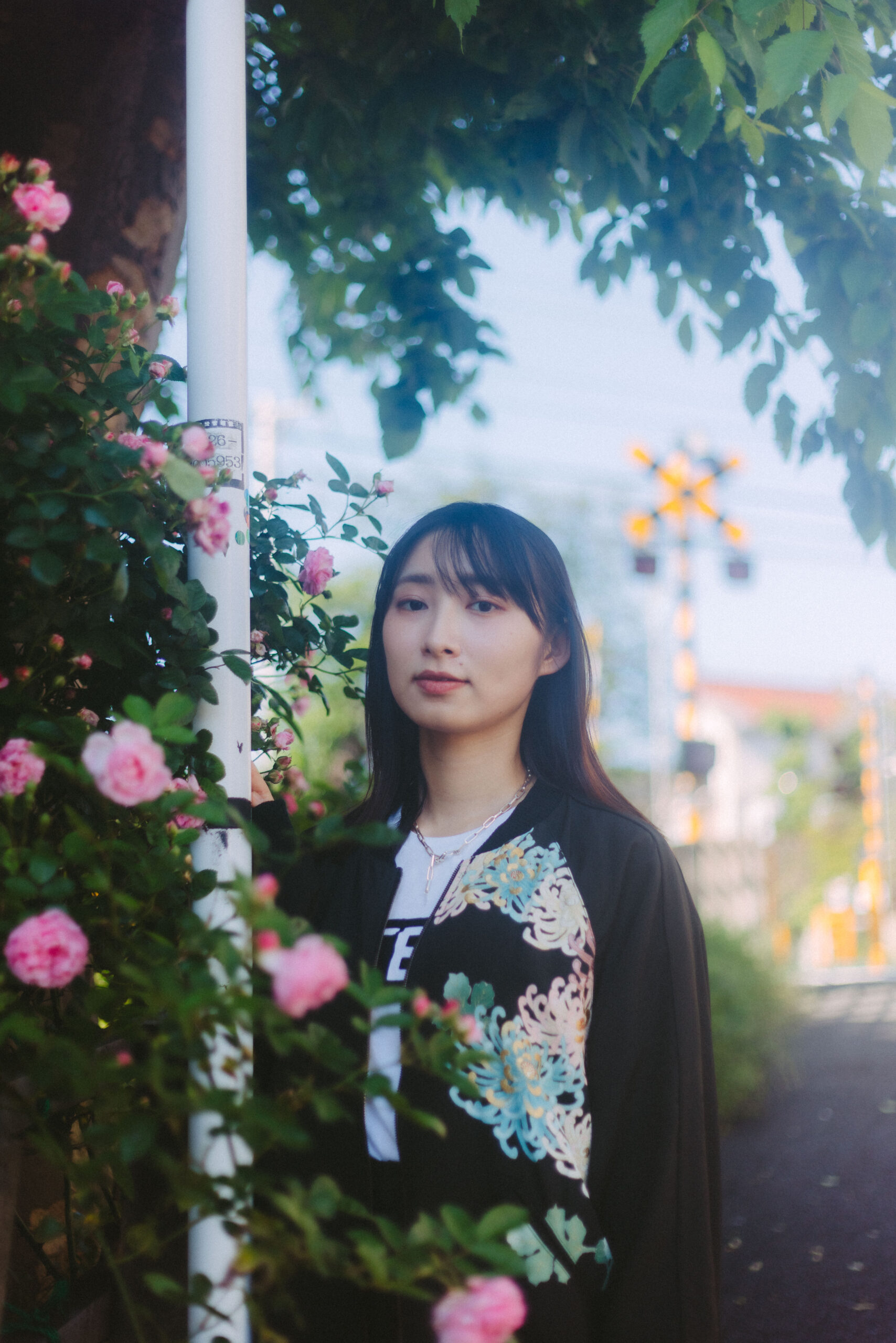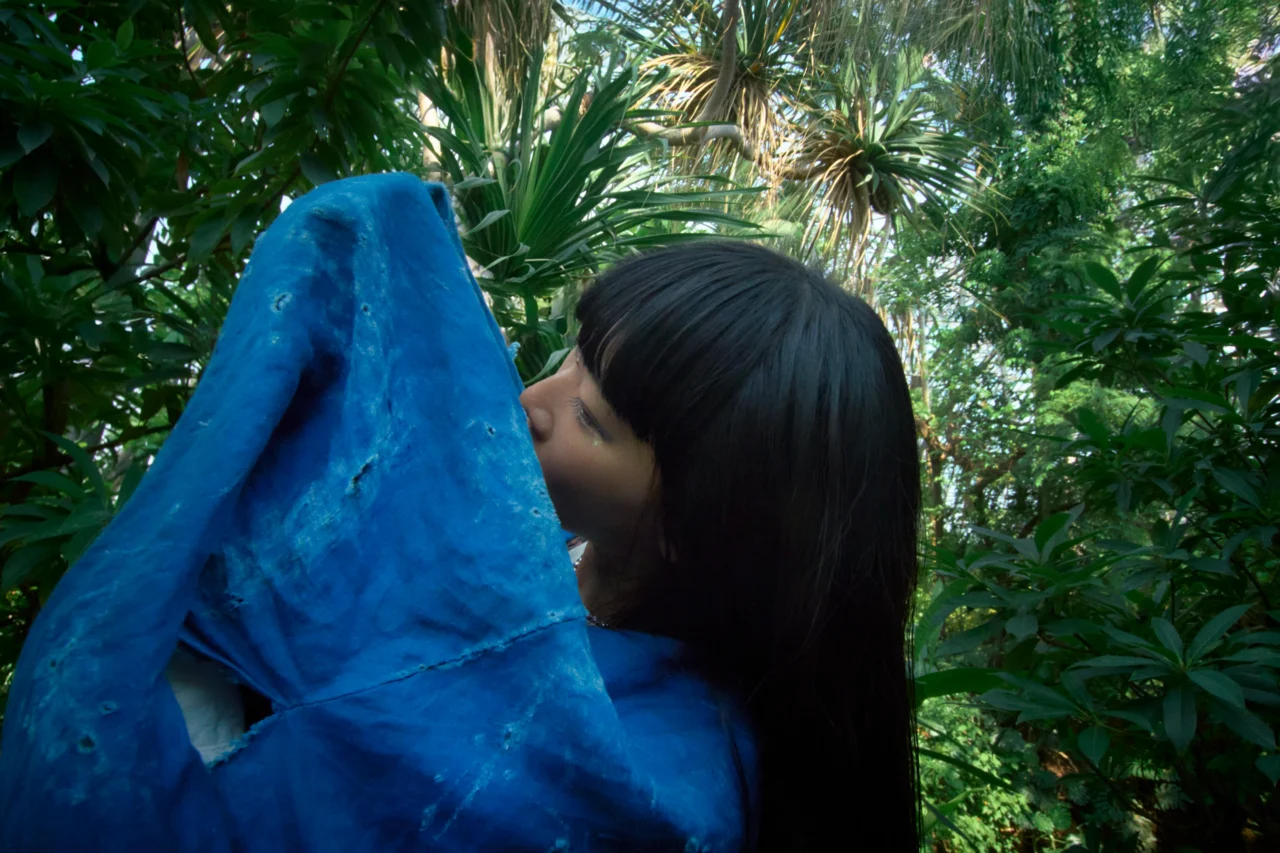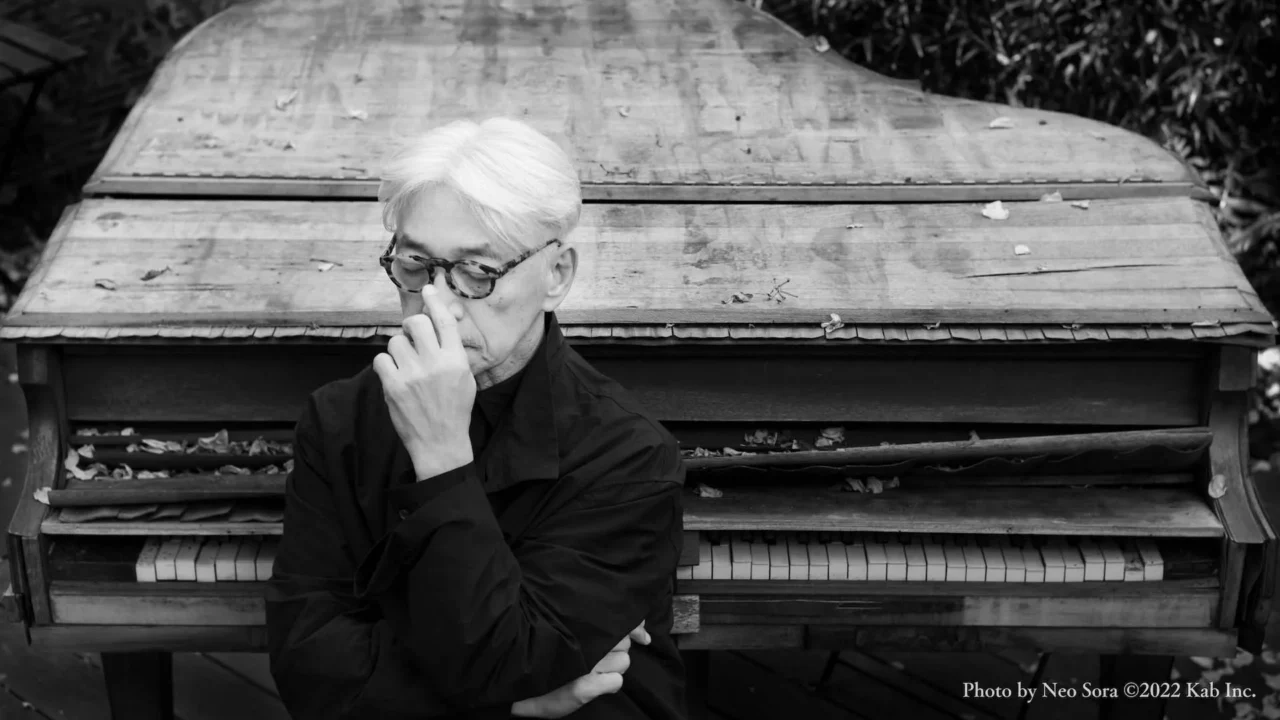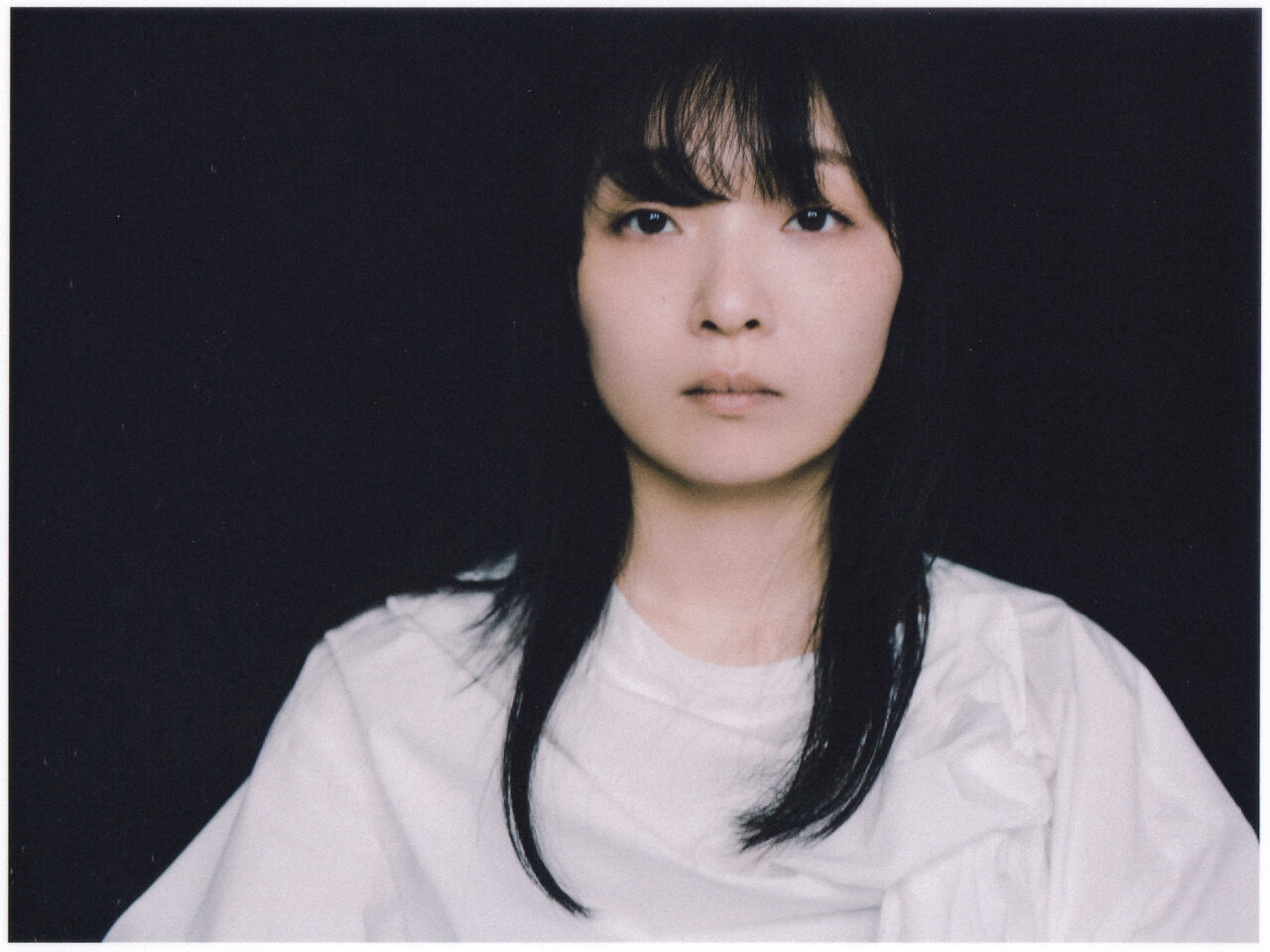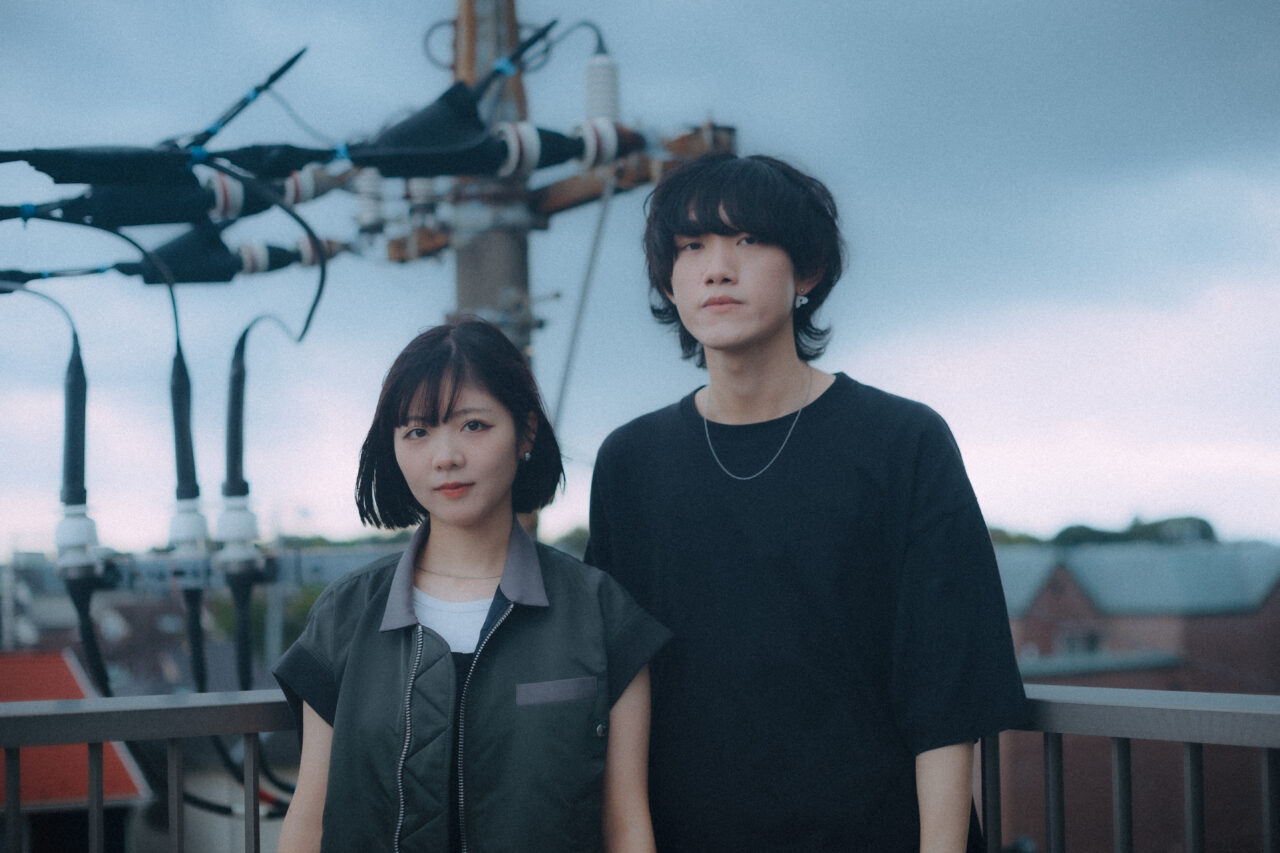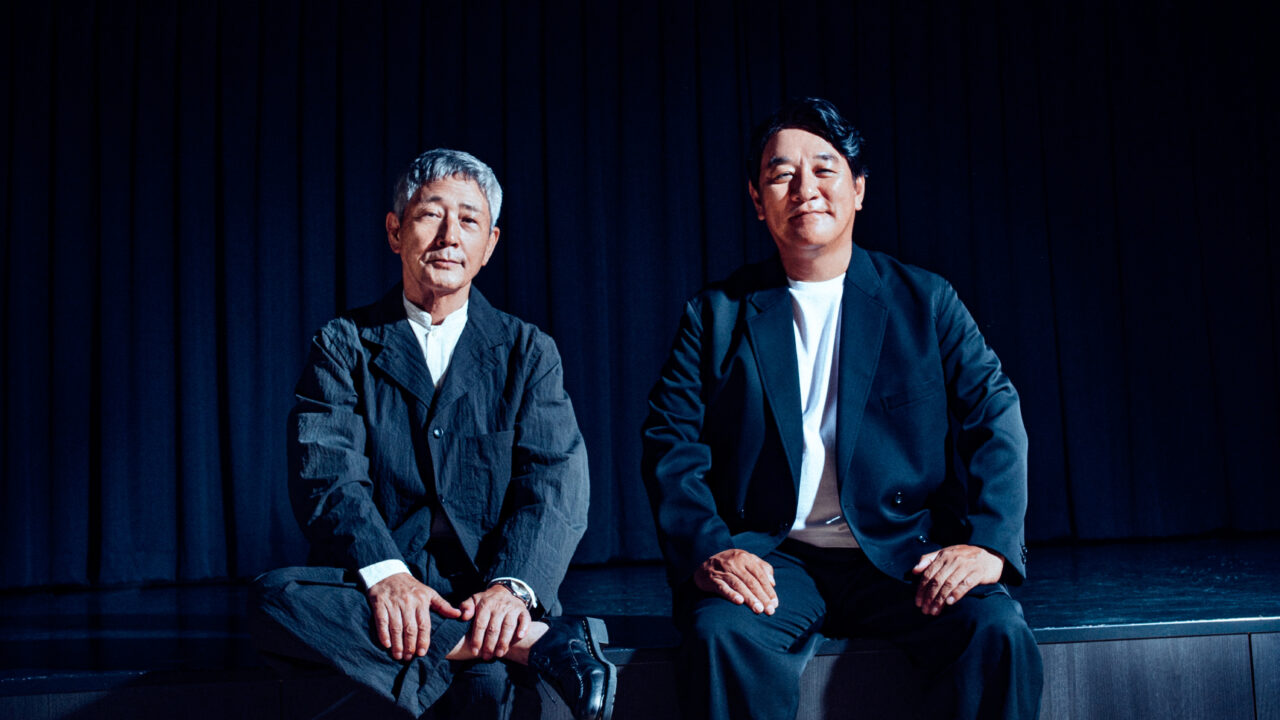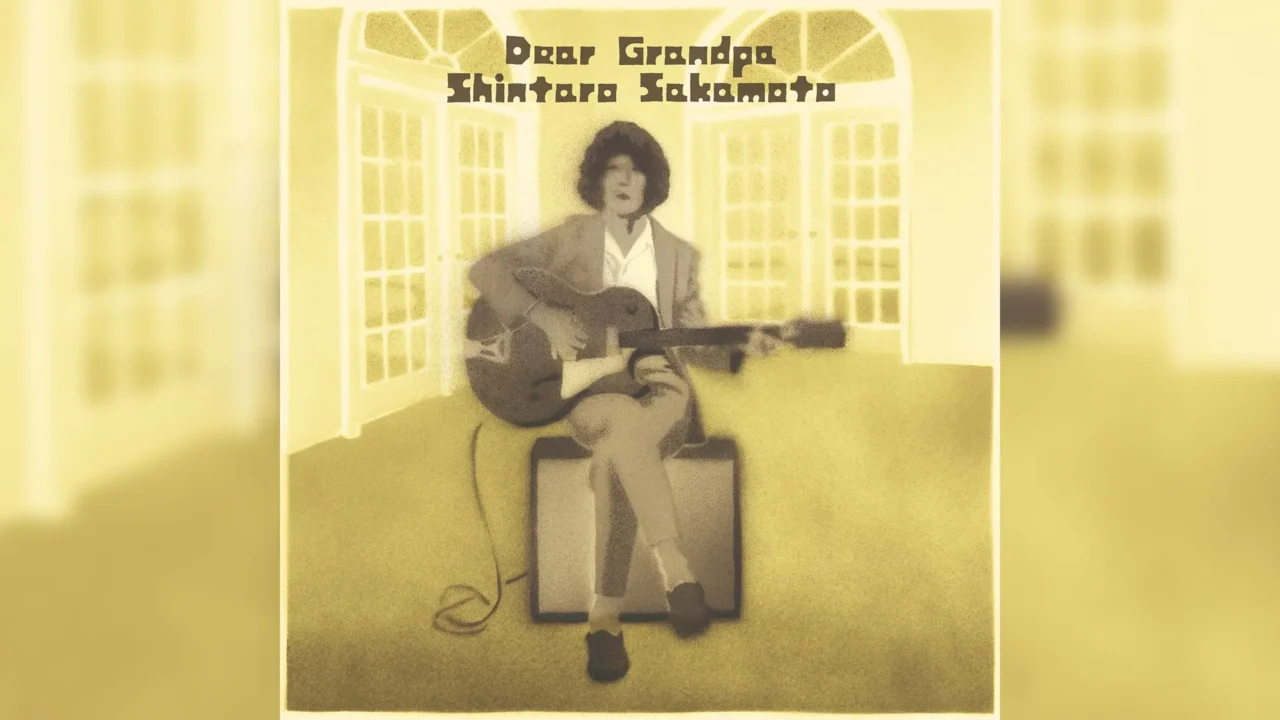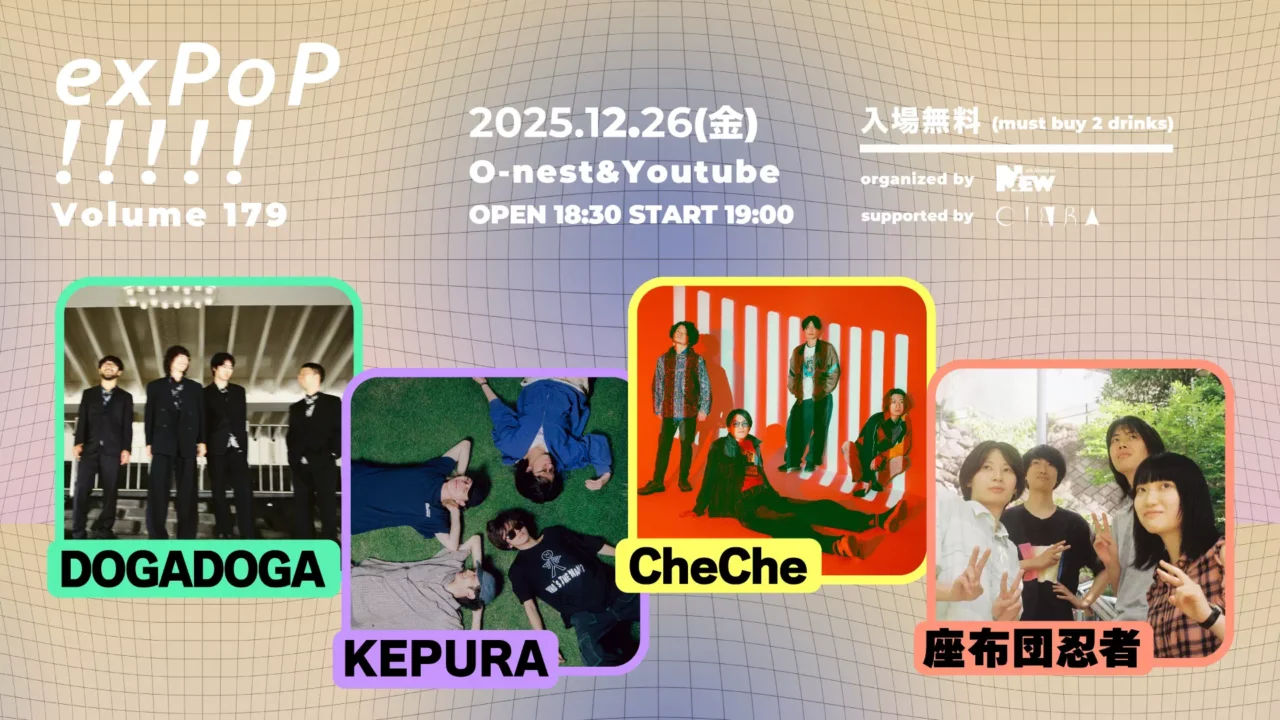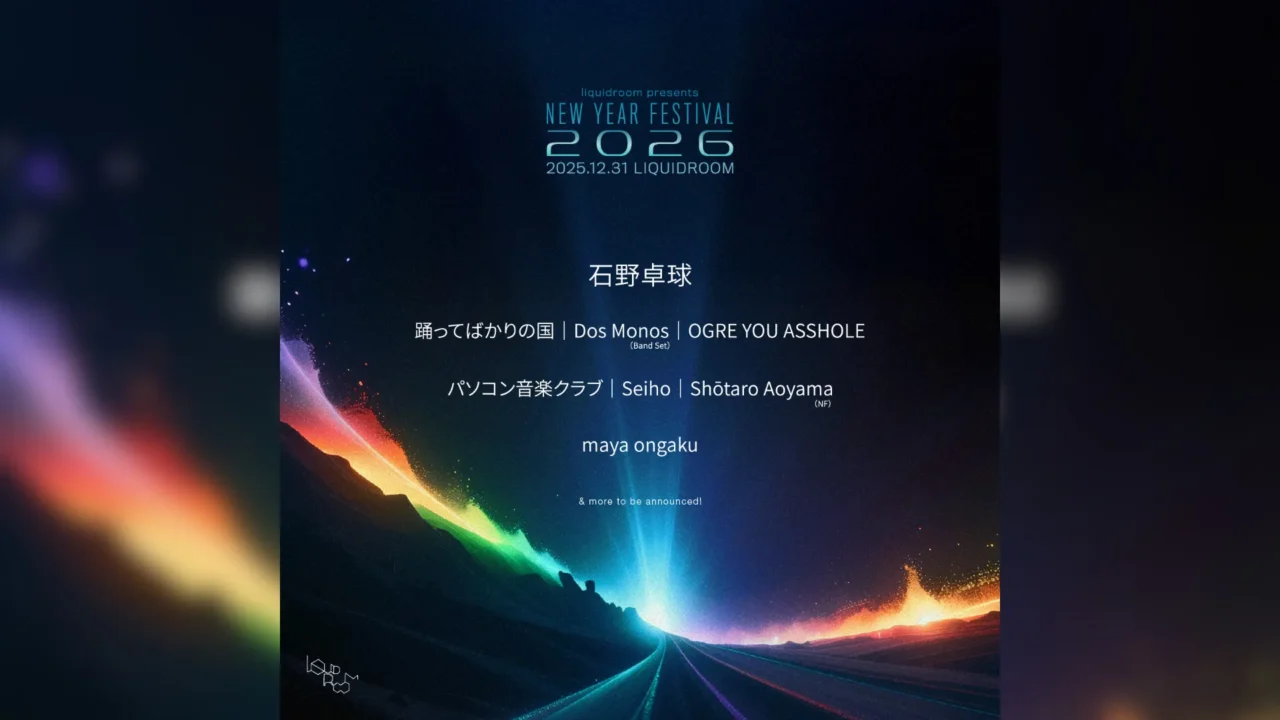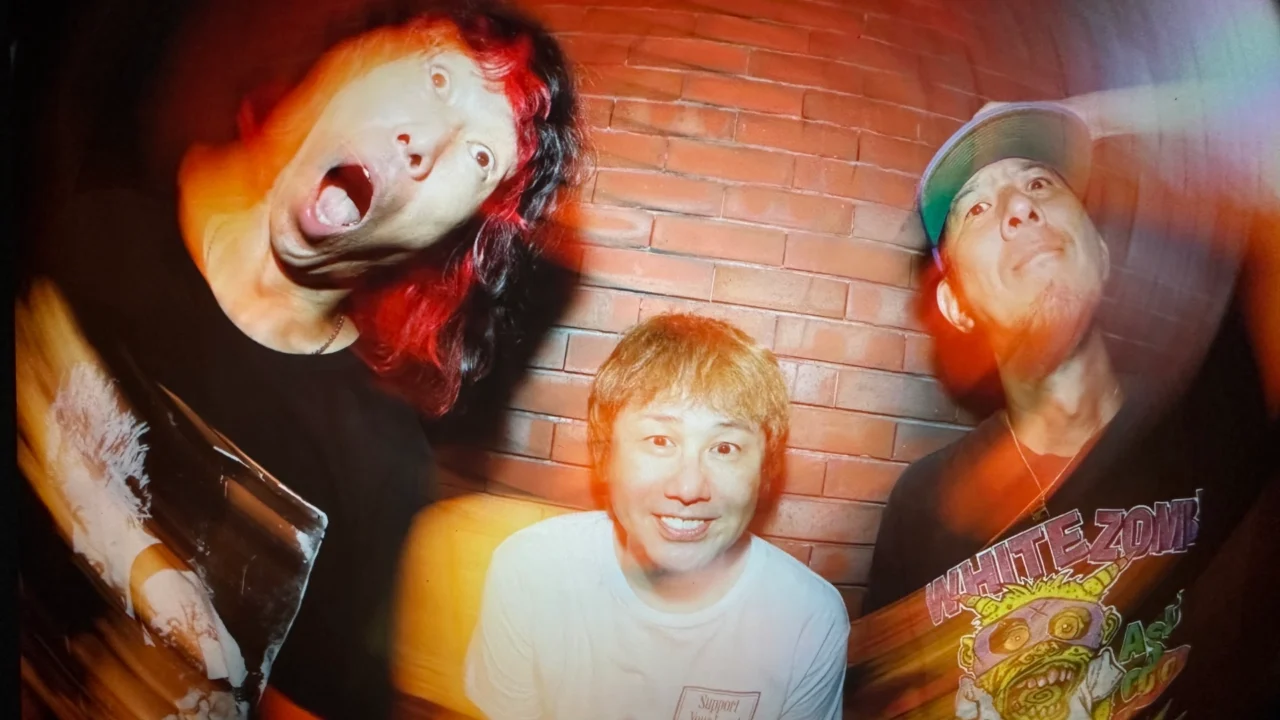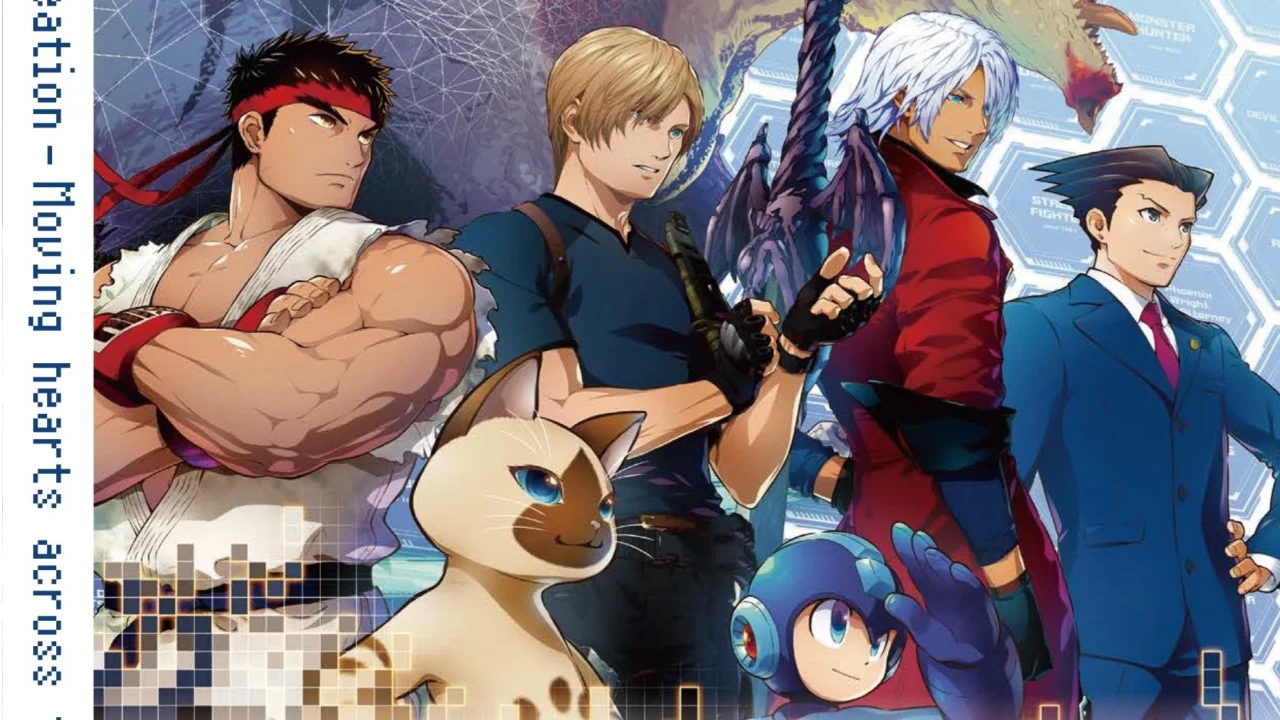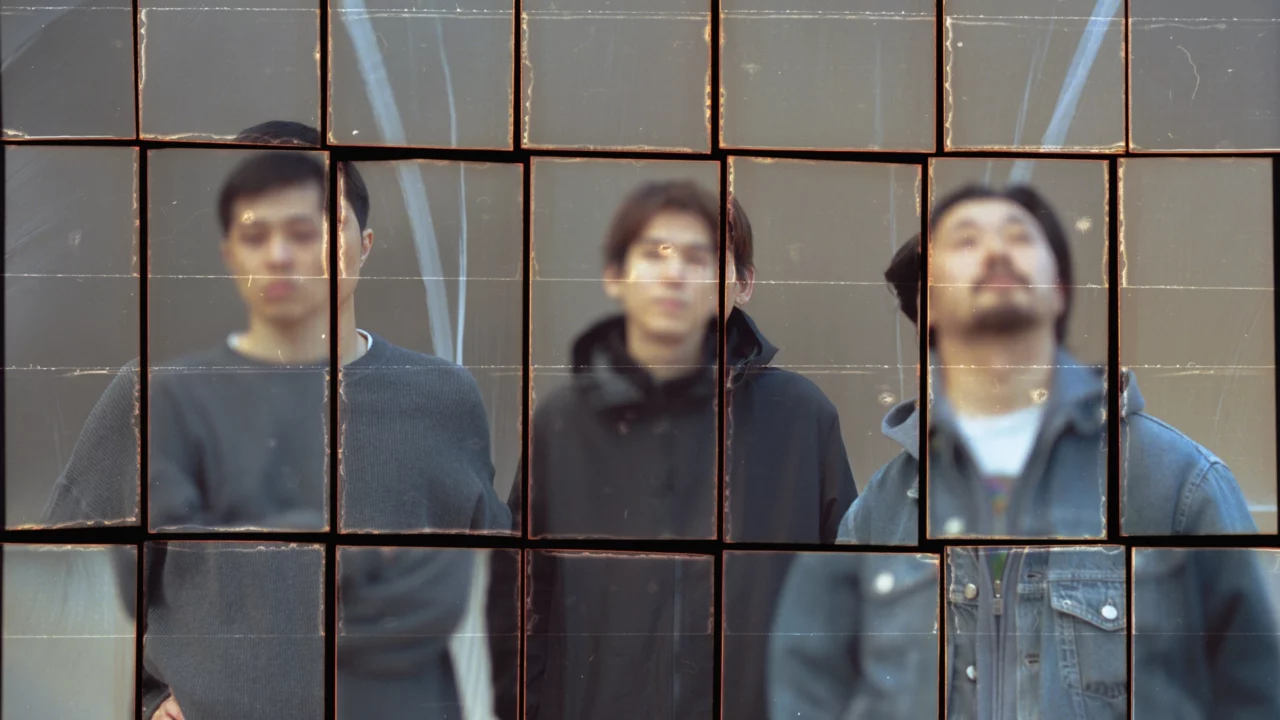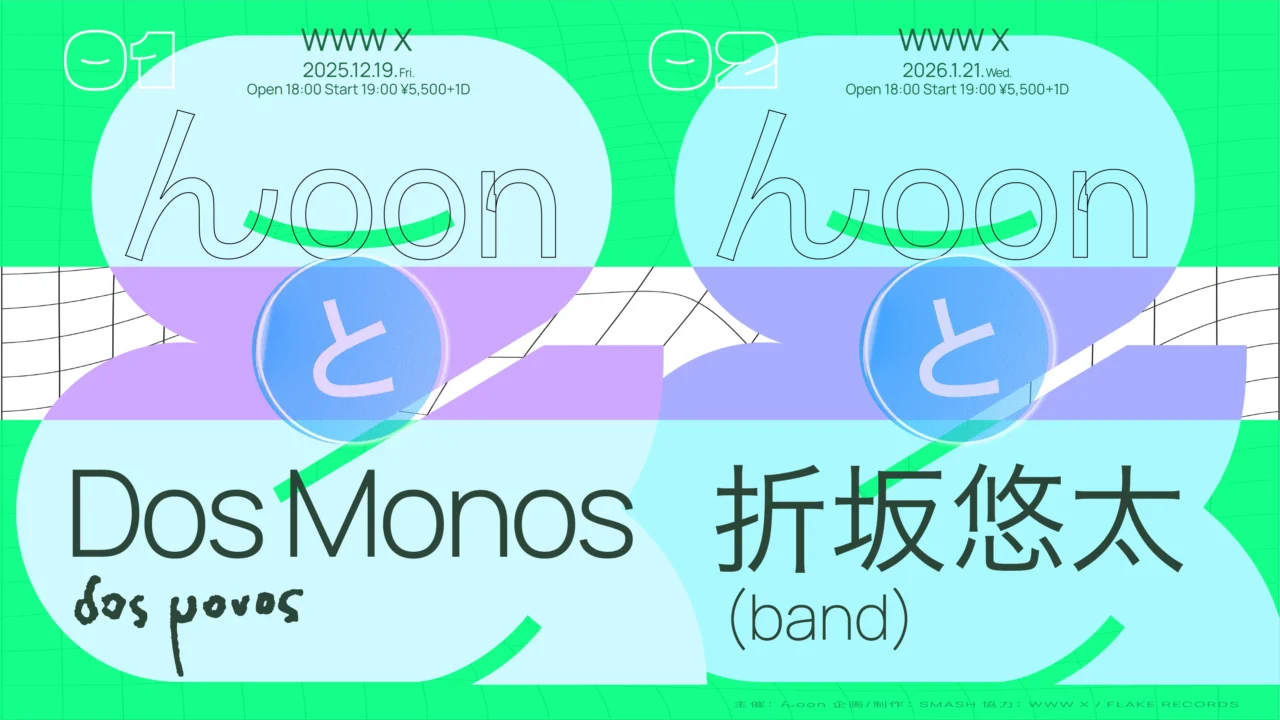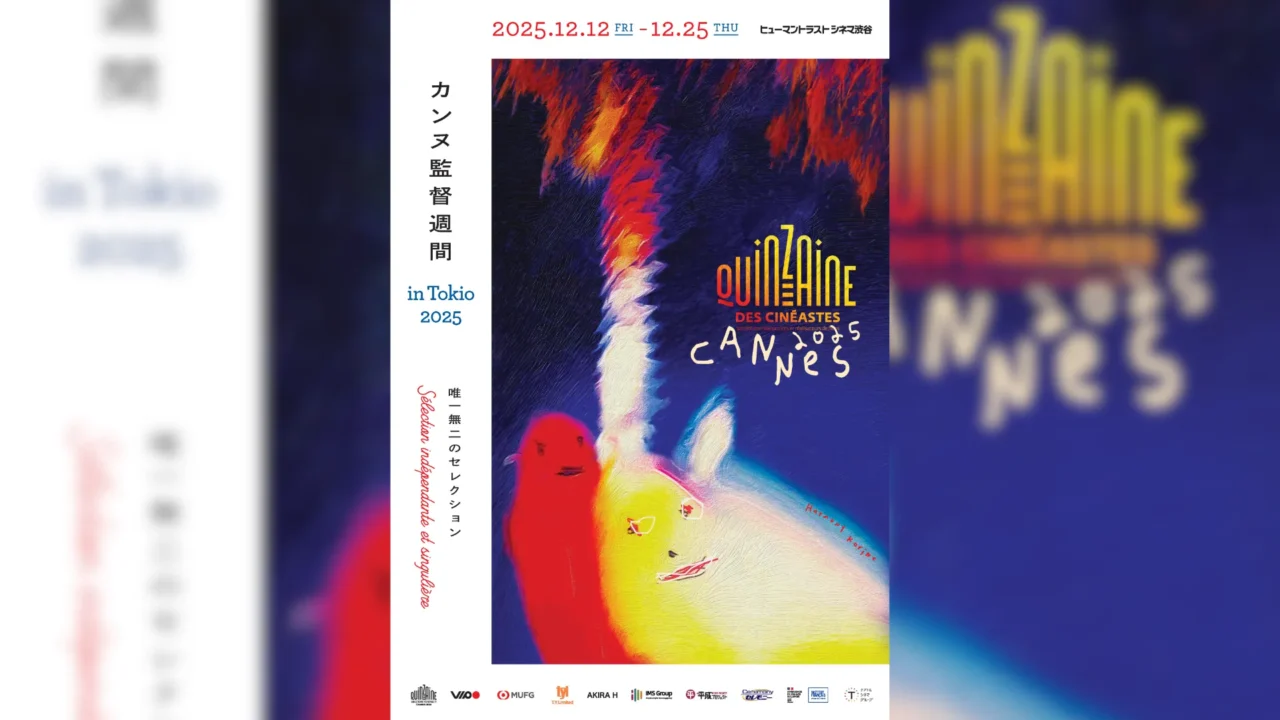INDEX
Beyond the Form: How Sayo Komada Innovates the Shamisen
You often post videos covering Western guitar riffs on the shamisen. What kind of music do you usually listen to?
Komada: It depends. Sometimes I listen to folk songs I’m preparing to perform at concerts, and other times I play Western guitar riffs to get ready for my next video. I listen to Mrs. GREEN APPLE a lot—their complex song arrangements really influence my own music-making. Sometimes when I’m on the train, my shuffle playlist will suddenly switch from a folk song to Red Hot Chili Peppers, which I’ve covered too, so it always surprises me [laughs]. Maybe even the algorithm is confused!
Your 2024 album Tsukimae Koiuta showcased a wide range of sounds, from electronic elements to Celtic-inspired tracks. Even for someone unfamiliar with the shamisen, it felt easy to enjoy. How did you approach the songwriting and production?
Komada: I worked closely with guitarist Yukihiro Atsumi, and we started by exploring what kinds of sounds we wanted to bring in. I’ve always loved Celtic music, so we included fiddle parts. Interestingly, fiddle and violin are actually the same instrument, but in classical music, it’s called a “violin” because it’s considered more refined. The fiddle, however, has roots in folk music, played in lively taverns with people clapping and dancing—music that’s very much connected to everyday life. I’m drawn to music that grows naturally from daily experiences. Maybe that’s why Celtic influences felt right. I prefer music that’s approachable and life-connected, something everyone can enjoy, rather than something overly formal or “highbrow.”
Komada: Tracing its roots, the shamisen was brought from China via the Silk Road, and Celtic fiddle music was also “foreign music” from the West. The shamisen, now considered a “traditional instrument,” was originally part of everyday folk music. I think there’s a connection there.
So that was your intention. Nowadays, it’s common for rock bands to incorporate genres outside of rock, but I think people tend to expect a shamisen player’s album to be filled with shamisen sounds. Your album reminded me that anything goes.
Komada: I believe it’s not good to be too rigid. When you’re first learning, following the rules is important. But once you’ve mastered the basics, how you develop and expand is what really matters. Staying stuck in the traditional form might be fine for a shamisen player, but as an artist, that can be limiting.
That’s why I’m always exploring how to make the most of the shamisen by collaborating with musicians from various genres and experimenting with different sounds. Sometimes the unique techniques of Tsugaru shamisen don’t fit certain songs. I don’t get caught up in the “correct way to play Tsugaru shamisen” but focus on how to bring out the best sound from the instrument and why I’m using it in the first place.
